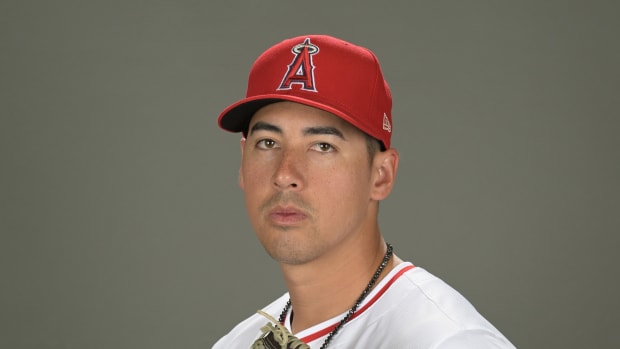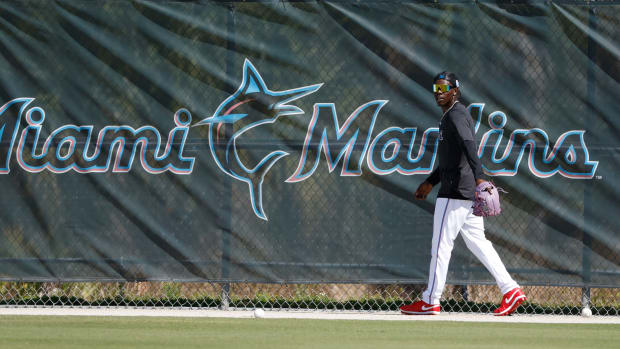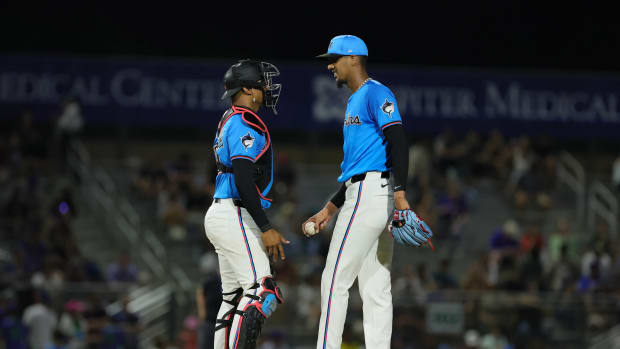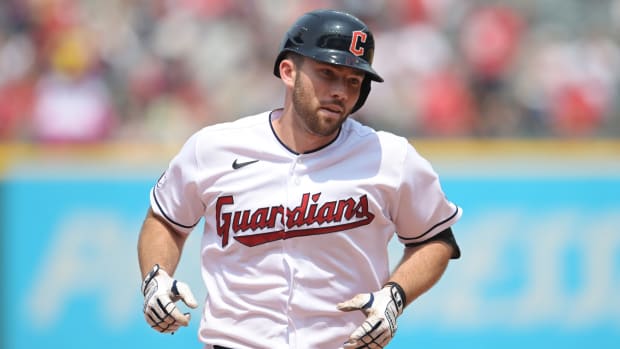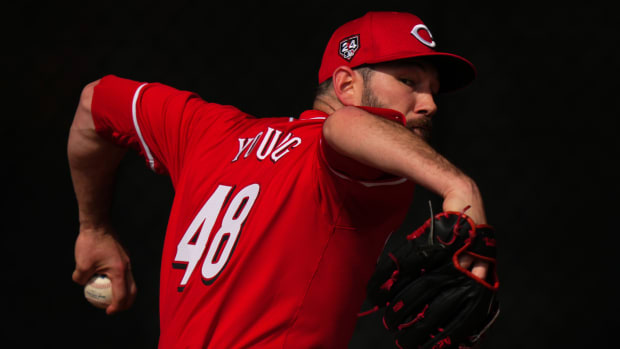Where Do the Yankees Go From Here After a 100-Win Season Goes Wrong?
NEW YORK — What will be buried beside the 2018 Yankees and their 100 wins, their 11 shutouts, and their best-in-baseball-history 267 home runs? This season of theirs, a nine-win improvement over 2017, was entirely too successful to become a cautionary tale—and yet short series, cruel and fickle and above all else swift, can make even a hundred-win club wonder what was flawed all along.
The Yankees’ bats went silent this series; that much is obvious. Heading into Game 4, the Yankees as a team were hitting .228/.316/.347 against Boston in the ALDS. It was as though the whole lineup were stocked with utility infielders. And then they went five-for-30 (.167) Tuesday night, in a 4-3 loss where they barely threatened Boston’s lead until closer Craig Kimbrel nearly melted down in the ninth. They were held homerless in consecutive home games for the first time since April; after leading the AL in walks, averaging nearly four a game, they walked just three times in the series’ last two games.
New York got just four men to third all night, after pushing only two men to third the night before. Should the team have expected more from Giancarlo Stanton (who batted .222 in the series with no extra-base hits) and Didi Gregorius (who hit .214 with one double)? Of course. Cold snaps are bound to happen at inopportune times, though, and no organization can construct a roster that avoids them, although the Yankees might wish their offense were a little less boom-or-bust. Postgame, rookie manager Aaron Boone didn’t take the bait: “We’re chasing greatness here… [we want to be] better in every aspect, better at getting on base, better at slugging, better at putting the ball in play.”
If the Yankees could redo any part of their handling of this series, it would probably be Boone’s management of his pitchers. These Yankees, like the 2015 Royals and 2016 Indians before them, had bet big on the bullpen. Heck, they had done so even heading into last year, before they reacquired David Robertson at 2017’s deadline and added Zach Britton at this one. It seemed to be the ideal strategy to balance out a mediocre rotation—New York’s starters had a 4.05 ERA in 2018, which ranked No. 14 in MLB—when trades (Sonny Gray, J.A. Happ, Lance Lynn) and call-ups (Domingo German, Jonathan Loaisiga) couldn’t do the trick. The Yankee pen logged 594 2/3 innings in the regular season, almost 100 innings more than the Astros’ pen did, and its 3.38 ERA was fourth only to Houston, the Cubs, and Oakland.
As Boone has by now learned: a reliever-centric pitching strategy works only if those relievers are working crucial innings. In two of the Yankees’ three losses, Boone left his starter in long enough to allow the decisive runners to reach base, and the same would have been true Tuesday if not for the Yankees’ furious if short-falling ninth-inning comeback. It’s one thing to let a starter allow the most consequential runners to reach base when that starter is among the team’s best pitchers. But New York’s best pitchers reside in its bullpen.
A skeptic might note that Boone’s hooks were quick by typical baseball standards. In his team’s three losses, his starters logged a total of eight innings. But outs don’t tell the whole story: Happ faced 11 batters in Game 1; Luis Severino faced 18 batters in Game 3; Sabathia faced 17 batters on Tuesday. And, more to the point, “typical baseball standards” have evolved faster than anyone would have imagined in the 10 months since the Yankees named Boone Joe Girardi’s successor. With the Tampa Bay Rays, who won 90 games with far less pitching talent than any AL playoff club save Oakland, leading the way, teams around the league turned to “the opener” throughout 2018 to counteract the effect of light rotations. Sure, the A’s lost the wild-card game while deploying such a strategy, but the Brewers rode the opener to a Game 1 win in the NLDS. Besides, those A’s were calling upon Liam Hendriks, who had spent much of the year at Triple-A. These Yankees could have called upon Chad Green or Dellin Betances or Britton or Robertson, with seven all-star appearances between them.
Red Sox Crush Yankees' Season to Set Up ALCS Matchup With Astros
Asked postgame if the Yankees should have tried such a strategy, Robertson, who will be a free agent, demurred: “That’s not my decision. I just throw the ball over the plate and try to get guys out.”
Perhaps this assessment would not be possible without the radical clarity only hindsight provides. But Boone, not just a forward thinker but a postseason legend in his own right, ought to know that playoff baseball calls for a bolder approach. He should leave his fondness for a starter’s traditional role in the past.
Boldness aside, the Yankees just need better (better, as opposed to more) starting pitching. When the Red Sox called upon their ace, Chris Sale, to pitch a 1-2-3 eighth in relief, the move rubbed it in: The Yankees don’t have a Sale or, for that matter, a Gerrit Cole or a Justin Verlander. (Eagle-eyed readers will note here that all three have been acquired via trade in the last two years.) Luis Severino may yet become that pitcher, and Masahiro Tanaka has starts where he looks every bit that pitcher, but the Yankees would be well advised to find a more reliable top-tier option in the offseason. They’ve been linked to free-agent lefty Patrick Corbin, who had a career year with the Diamondbacks, and if Clayton Kershaw opts out of his contract in L.A. (which would be a surprise), the Yankees surely would chase him too. But they’d be better suited bowling over the Mets for Jacob deGrom or Noah Syndergaard, unless they’re prepared to have another season or two end this way while they wait for their young pitching to come along.
CC Sabathia Rips Umpire Ángel Hernández After Loss to Red Sox: 'He's Absolutely Terrible'
CC Sabathia, who made his 18th postseason start as a Yankee on Tuesday (the team has a 12-6 record in those outings), is far, far removed from his days as that sort of pitcher. Still, he could provide the Yankees value were they to bring him back in free agency for rotation depth. This year he posted his best FIP since 2013, and he’ll come without the price tag of Happ or Corbin. And his high hopes come as part of the package: “This is a very, very young team that’s got a lot of talent that’s going to win a World Series. And I’d love to be a part of seeing this thing through.”
This, indeed, is the upside of losing a playoff series with a young, talent-stuffed roster fresh off a hundred-win season. It’s hard to get despondent. Just look at it this way: the Yankees now have an extra week to figure out how exactly they’re going to get past Boston in 2019.































